"The effectiveness of art is to be found in a return to the state of 'participation mystique'"

When we talk about dreams, what do we describe - an evaporation, or a vocalisation of the unconscious?
For Hungarian artist Szilvia Ponyiczki, 48, fascinated by the limitless possibilities of an empty canvas and a brush, since her father taught her how to use one, words aren't enough to materialize what we experience in the oneiric (dream) state.
Incorporating Carl Jung's vast unconscious-mapping research, and Automatism' - a method which was practiced by psychoanalyst Sigmund Freud, then applied by the new wave of Surrealists such as Max Ernst, Salvador Dalí or Paul-Émile Borduas to art-making, helping them to bring to surface their subconscious thoughts, desires and fears by using involuntary actions and processes not under the control of the conscious mind - Szilvia uses her skills to explore the personal and the collective unconscious through her work.
"Being able to paint like a child is not as easy as it seems. In a traditional way, they teach you how to paint things as they are, or how we perceive them," Szilvia explains. "That's quite difficult to get rid of when making abstract art - to allow yourself to get loose, to still keep the right balance and figurative element. It was years' of struggling to let that go."

'Scent of Seasons' (2020, 30x42 cm)
'Scent of Seasons' (2020, 30x42 cm)

'Which Way To Go' (2021, 50x70 cm)
'Which Way To Go' (2021, 50x70 cm)

'The Hidden Path' (2020, 30x42 cm)
'The Hidden Path' (2020, 30x42 cm)
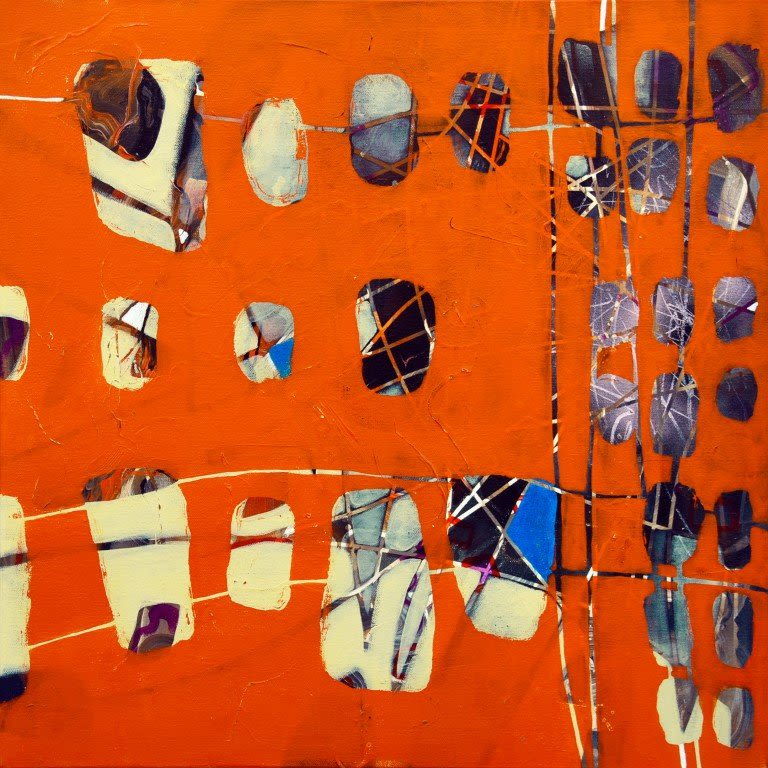
'Moments of Clarity' (2020, 60x60 cm)
'Moments of Clarity' (2020, 60x60 cm)


Those splashes of red - are those accidental? Or, like Jackson Pollock, do you think there's no such thing as mistakes when making art?
"It can happen that I do not like something I painted but I would not consider it a mistake. Why would it be? It's just a working process.
You can only make mistakes when you have something concrete in your head - something that you really want to do in a certain way. Otherwise, I believe that every bit on the canvas is right there where it should be."
How do you usually approach painting, then - do you envision the finished piece and try to come as close as possible to realizing it? Or does the work develop naturally?
"I let everything happen on the canvas. Some time ago, my figurative works were heavily planned - I made lots of sketches, measured everything to make sure that I can place all elements where I want them to be. Once, I even made tiny playdough models of birds to see how they look from a certain angle. But I don't do this any more."
Why not?
"Because this way the creation process is too heavily controlled by the mind.
I like to tell stories that develop on their own. It feels like it's coming from the unconscious realm, from somewhere deep inside... It's something I wouldn't be able to explain even if I wanted to."



"The creation process of a painting can be parallel to dream analysis: to understand the story, to get the message, we need to look for the symbolic elements of the dream and find out what they could mean in the context of the actual life of the dreamer."
Your paintings have reoccurring symbols. Can you explain how you selected them and their meaning?
"I have a collection of them. There was a point when I started putting them down on a single sheet of paper. They are essentially a metaphor for the lost information caused by fragmentation. Although this loss is only visual - like a lack of understanding.
When recalling a dream, all the pieces are there but the conscious mind struggles to put them together, and symbols help to rebuild the image.
How did you come across them? Did you find them in the unconscious state or did they choose you?
"That's interesting because they just got stuck with me. Some of them started to reoccur in my works, so I started collecting them. Now I have my own personal library of these symbols.
Was there a time when somebody understood completely the meaning of your art, emotionally and/or narratively?
"No, it never happened and, to be honest, cannot happen. Our personal unconscious makes this impossible, because our personal histories define how we interpret things. Obviously, this is different for every human being.
But like dreams, there is a story or a feeling you want to convey through your work, right?
"Sometimes I do. But this was more typical of my previous, figurative works. I used to write a few sentences explaining what the piece was trying to tell; describe what was happening on the canvas. Now, I only name them and let the audience do the rest."





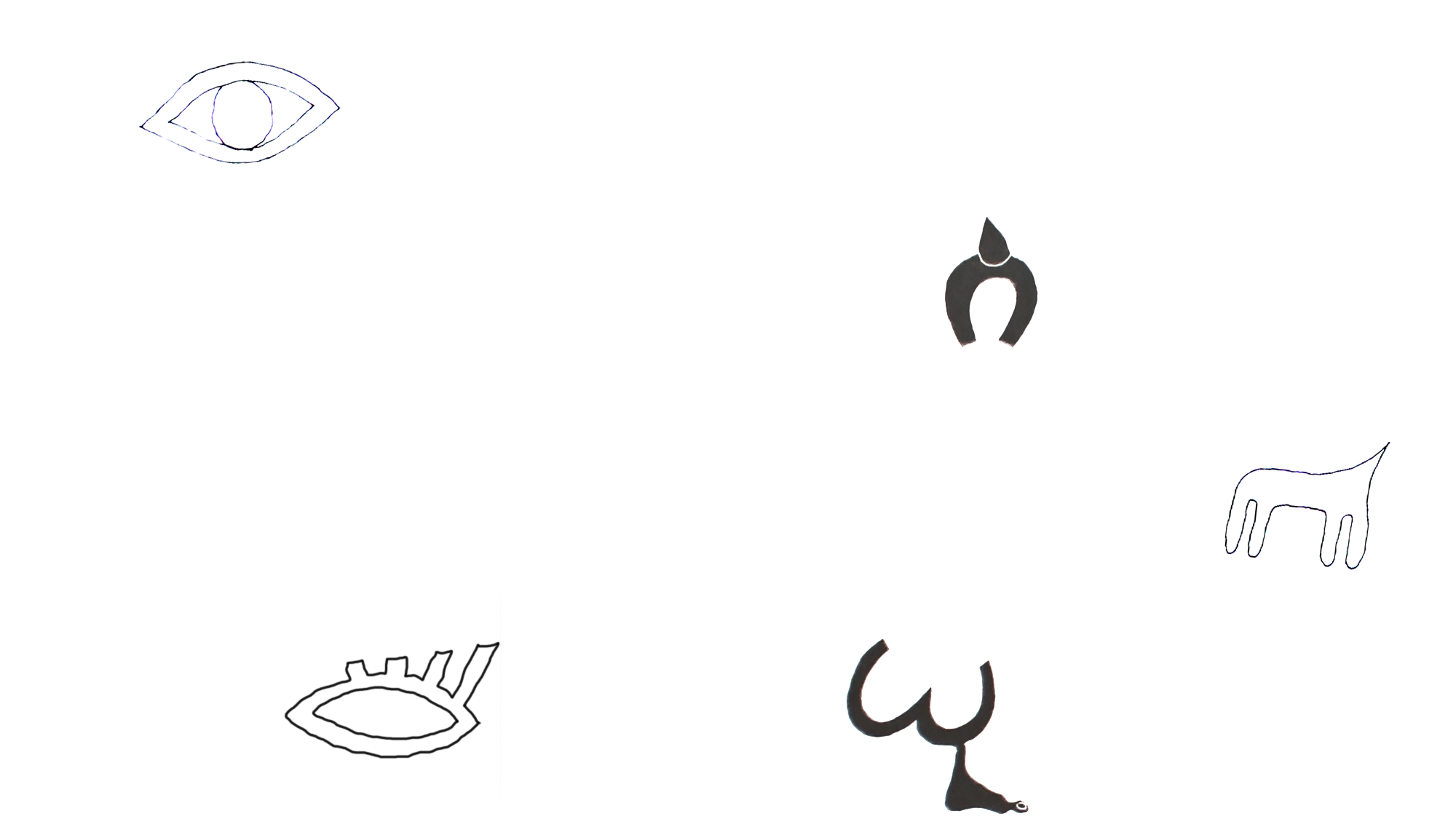
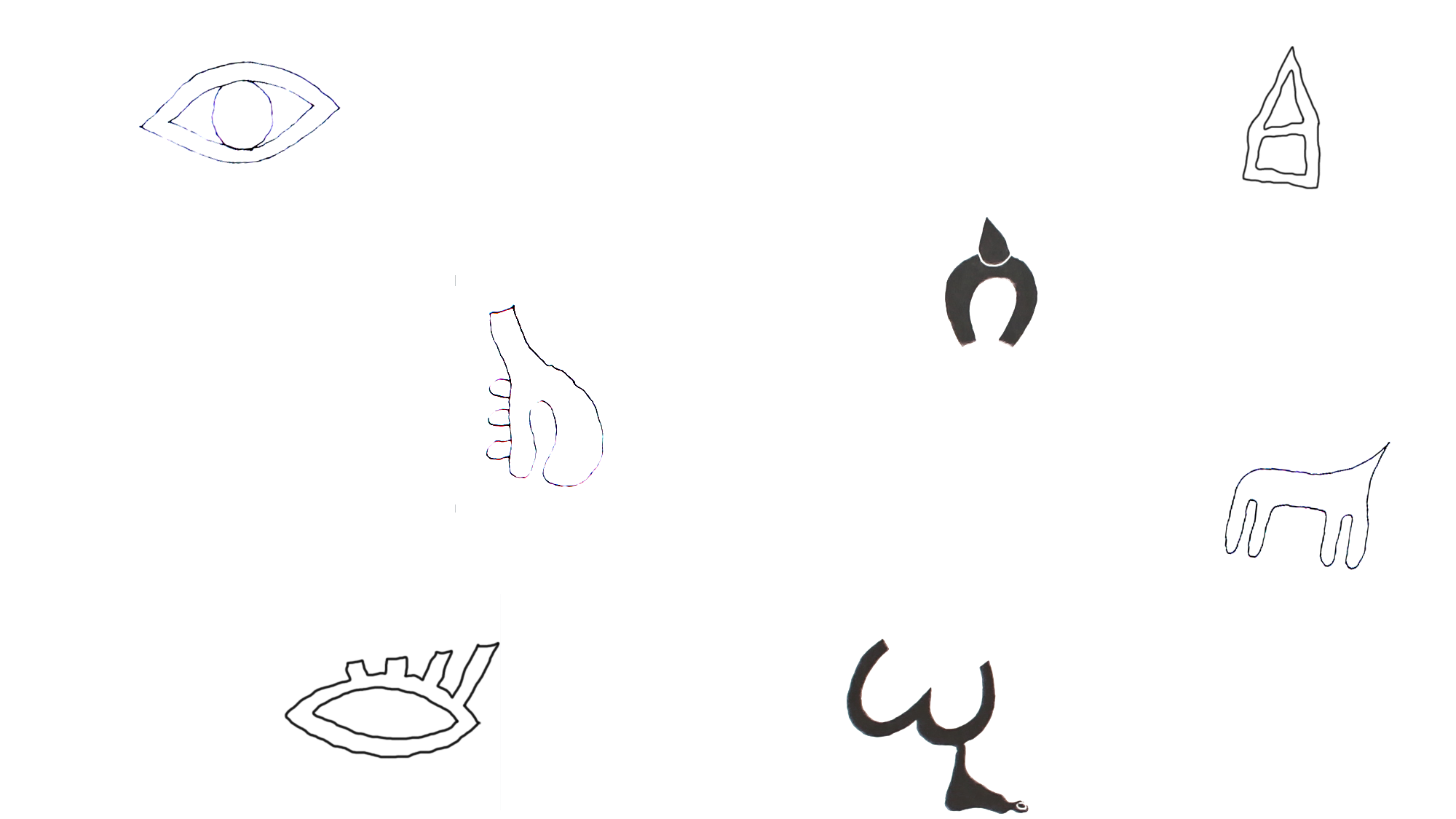



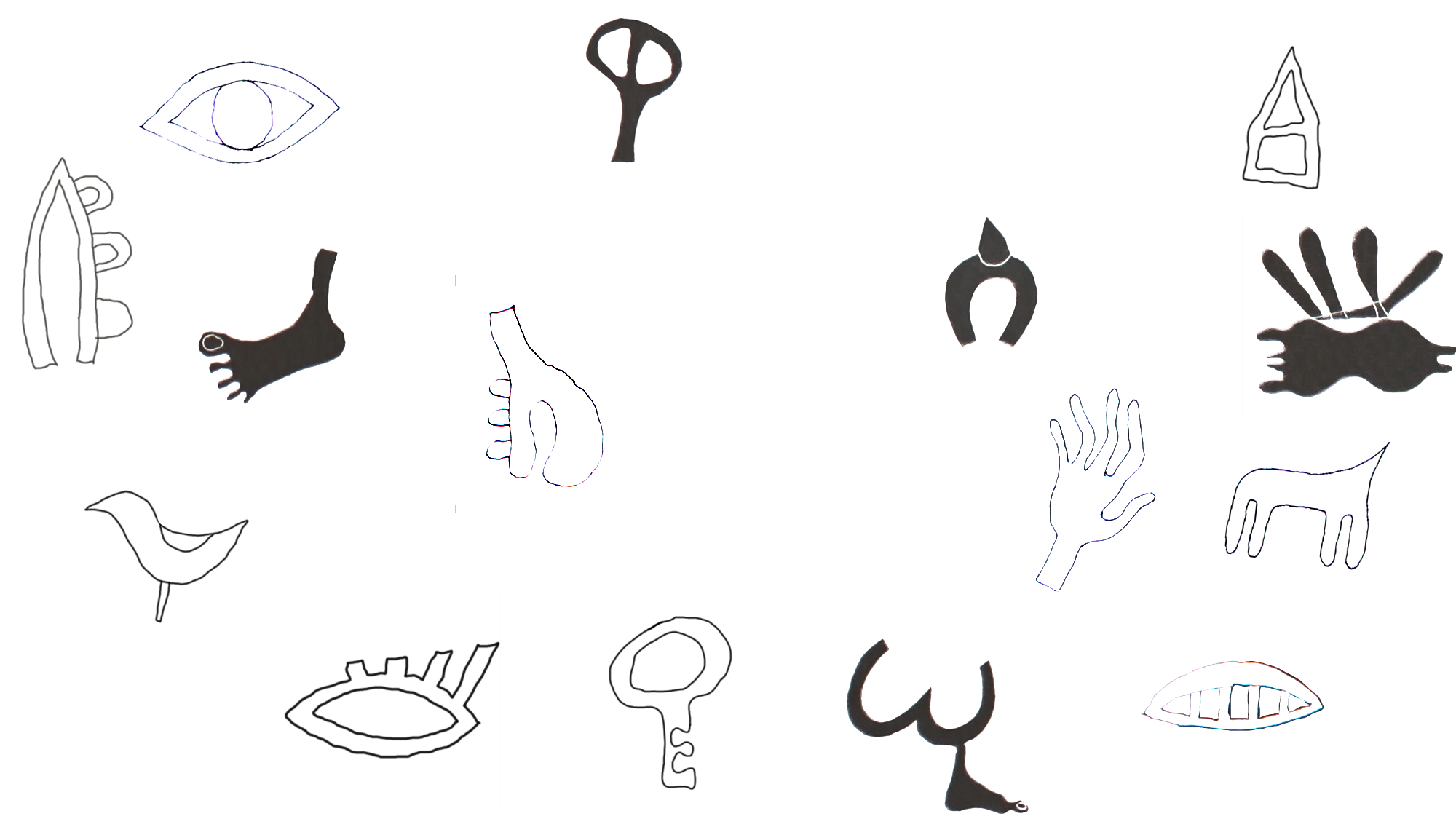

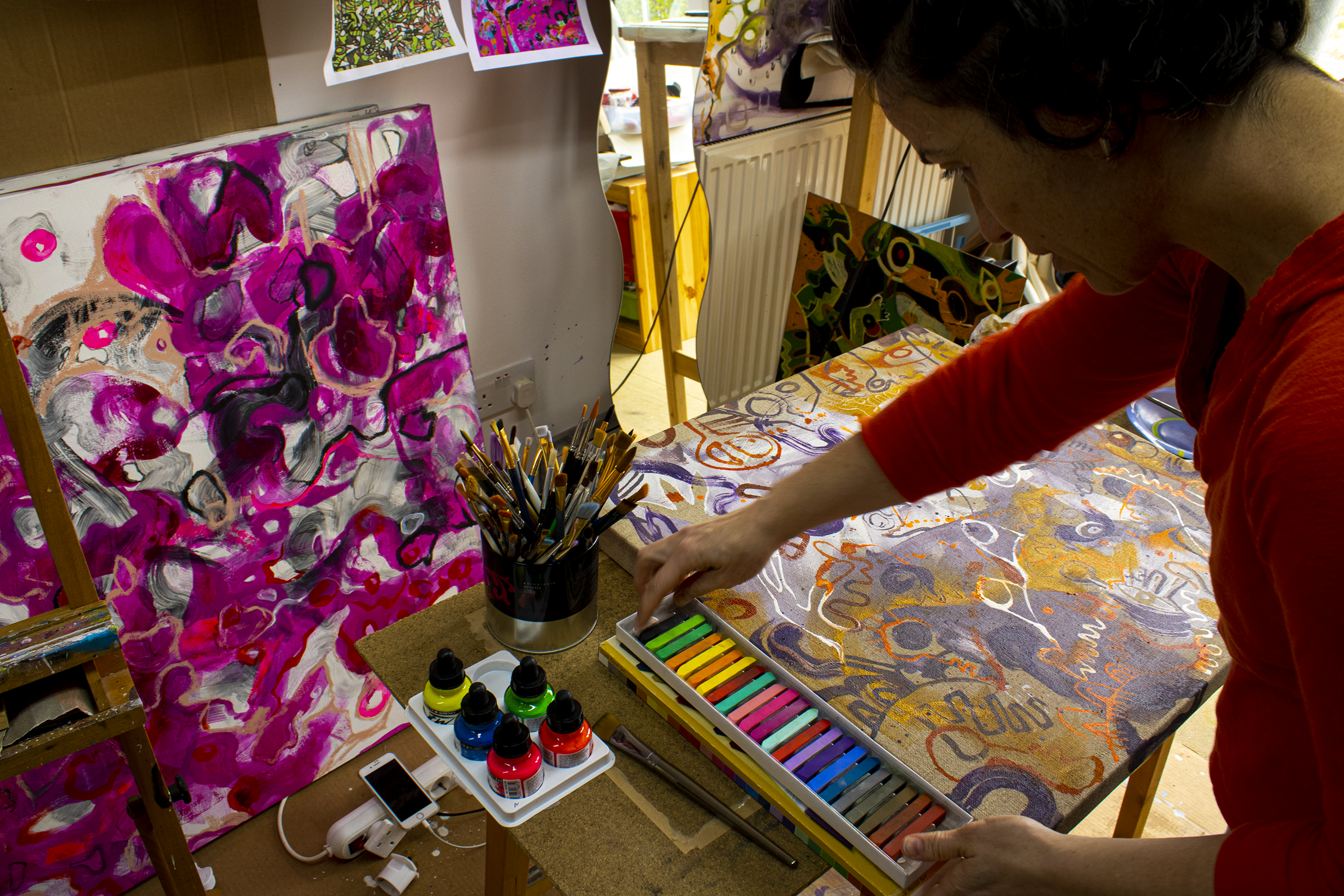

Do you think layering technique is important in tapping the unconscious artistically? Can you explain it?
"The layering technique reflects the layered structure of our Self. I like the idea that there are visual elements on the canvas which cannot be fully seen, only tiny fragments of them.
We are similar - we have layers. That's true of our personalities, as well as our versatile behaviour. We have a wide range of reactions and faces ready for each situation but deep inside, we remain the same. Only a few layers can be present at a time.
Even though the works are sourced from the same visual library, multiple layering gives the paintings a unique personality. In the long run, this technique is like an alchemical transformation - the source images become fragmented and distorted, making it possible for something new to be born.
In other words, the visual information is not lost - it is only transformed."
How do you know when a piece is finished? Surely, you can keep adding more layers indefinitely.
"I think you have to step away from it. Let it breathe for a few days or weeks. After that, you will be able to see more clearly if something is missing.
I have just repainted a work I made about two years ago. And my husband got upset because he wants to keep it. He says this is the past and I have to be proud of it. However right he might be, I prefer to move on. You still can see bits of the original piece, only now that is a part of something new and more exciting."



Is it difficult for you to step away from a painting and leave it as it is?
"I think there's a point when you just feel it. You can never know for sure. Perhaps it feels balanced enough, even balanced in an unbalanced, asymmetrical way. When there are less empty spaces compared to busy ones, or vice-versa, I find that interesting.
Sometimes it's hard to decide if covering an element will add to or take away from the piece.
Do you give names to each one of your paintings?
"Yes, they all have titles."
What about this one?
"It needs some time."
A week after my visit, Szilvia sent me a message to say she'd finally got it - "Birdsong in Reverse," drawing the eye to the upside-down figure of a bird trapped in a honey yellow pentagon.
About to ask for an explanation, I deleted my message, remembering Szilvia's teaching - sometimes words aren't enough to demystify the unconscious. It happens automatically, even if one is unaware of it.

Final version of the 'Birdsong in Reverse' (2021)
Final version of the 'Birdsong in Reverse' (2021)
